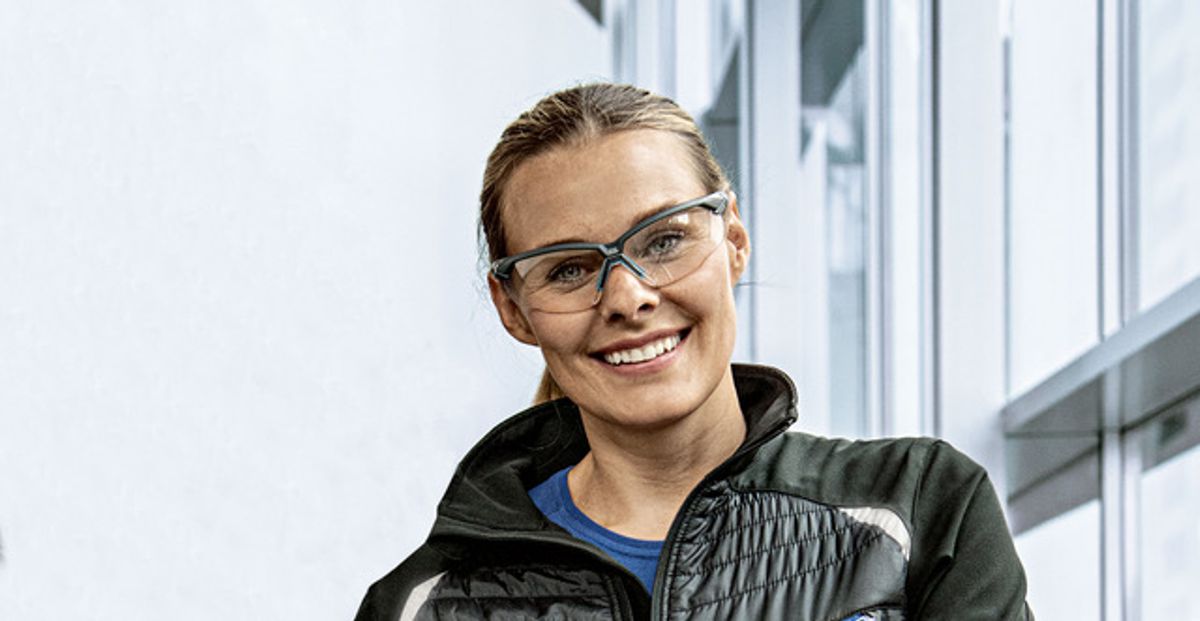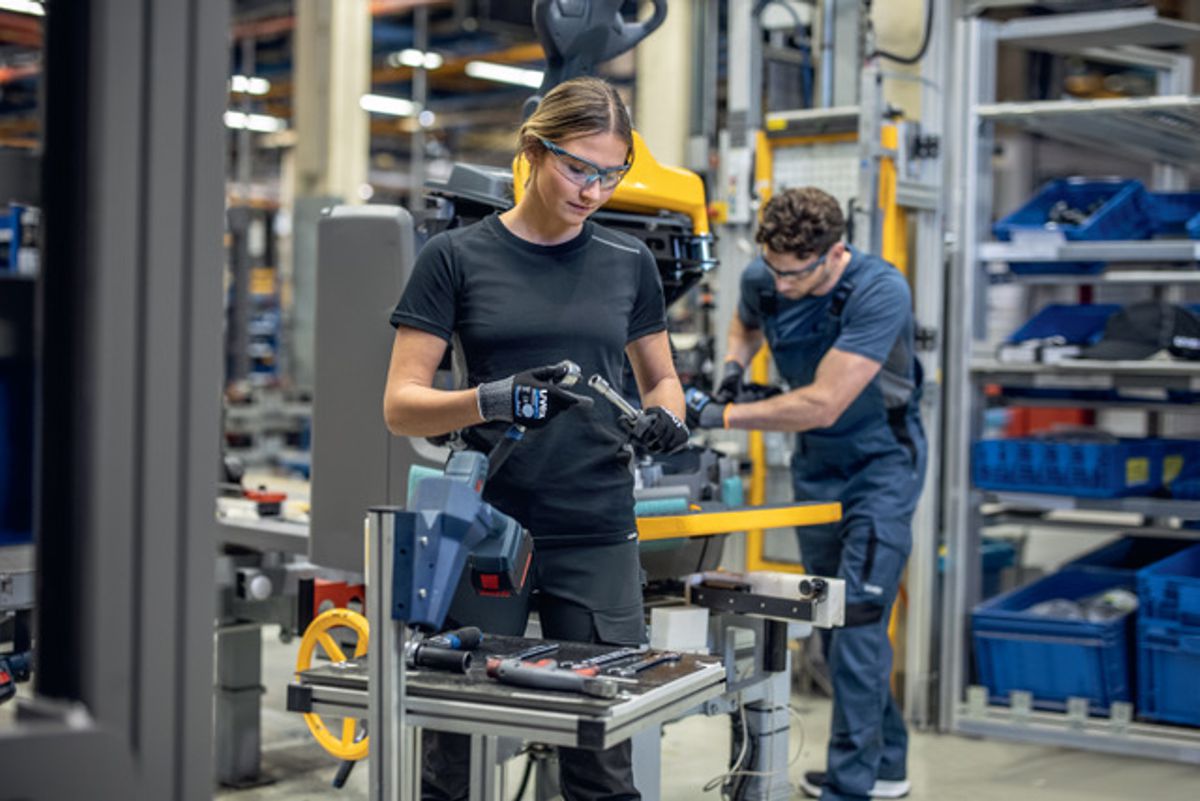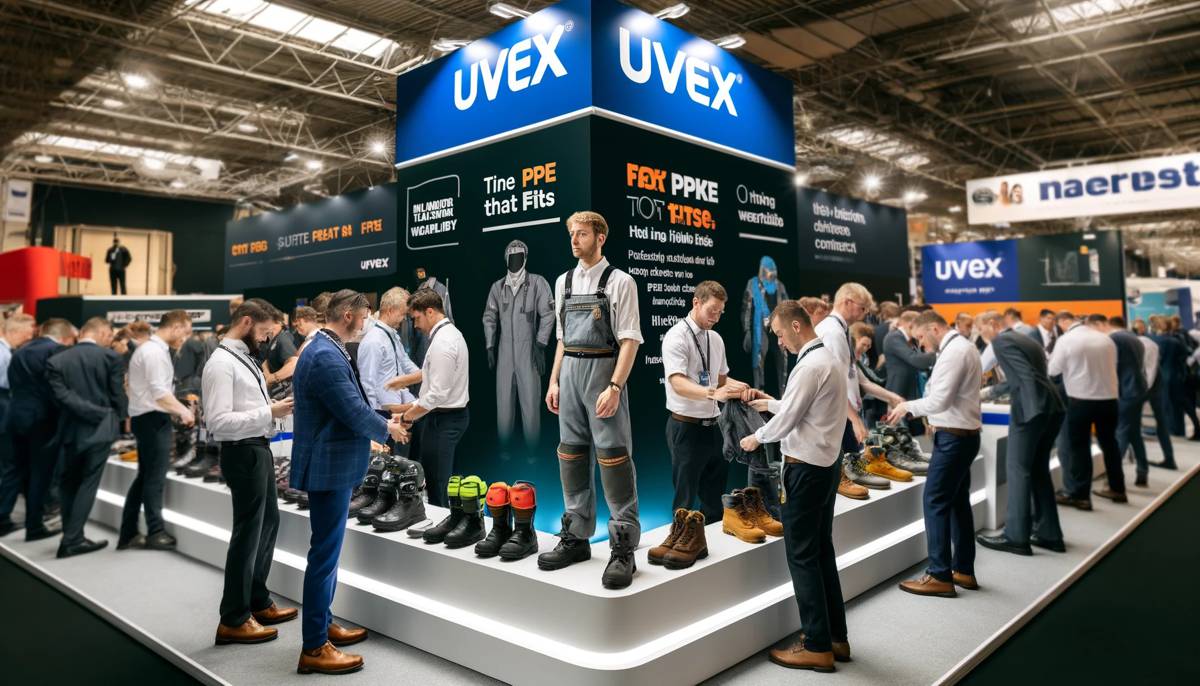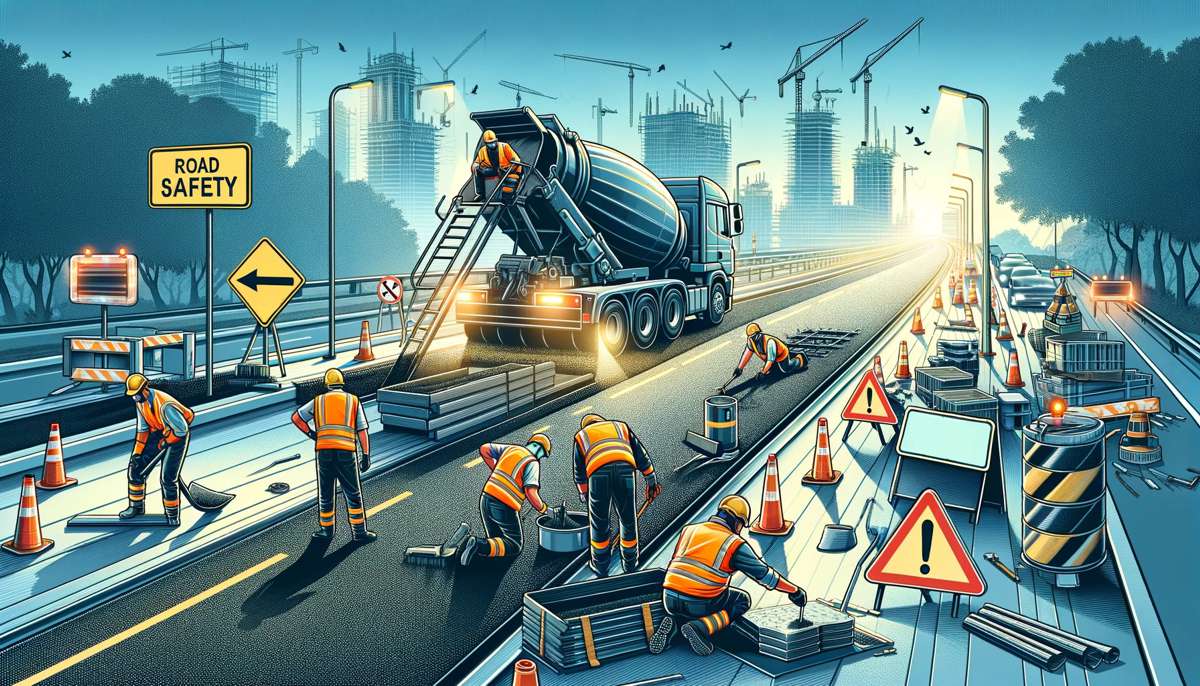Improving Safety and Comfort with PPE Fit Clinics
Whether workers are male or female, their PPE needs to fit properly to guarantee adequate protection. uvex’s Clair Weston explains how PPE “fit clinics” – and product ranges that cater for all sizes – can help keep employees safe
When it comes to personal protective equipment, it is clear that one size does not fit all. Ill-fitting, uncomfortable, or impractical PPE can pose significant safety risks, hinder performance and erode confidence. If employees find their PPE uncomfortable, it also increases the chances they won’t wear it.
There can be vast differences in the physical dimensions of workers. In the case of safety gloves, for example, workers with larger hands may find standard glove sizes too tight and uncomfortable, potentially restricting movement and causing circulation issues. For those with smaller hands, standard-sized gloves can slip off, affect grip and dexterity, or get caught in moving parts or tools.
Women in particular often struggle to find suitably sized PPE. In recent years, the UK has seen an increase in the proportion of female employees in fields including construction, manufacturing, oil and gas, aerospace, and warehousing, distribution, and logistics. In manufacturing, women made up 25.8% of the UK workforce in 2022, up from 22.7% a decade earlier. The proportion of women in the construction workforce rose to 12.9% in 2022 from 9.7% in 2016.
As more women enter what were once male-dominated industry sectors, ensuring their safety through the availability of appropriate PPE has become increasingly critical. This is not just a matter of necessity; it’s about respect, equality, and the path toward a safer, more inclusive world.

Gender differences
Women have distinct characteristics and preferences that need to be considered. For example, they generally have a smaller Achilles tendon and lighter bone weight, with softer and more flexible joints. These physiological differences need to translate to differences in footwear design, particularly with safety shoes. Simply reducing the male last and product size for females is not sufficient. They should be designed using a special last for women and have adaptive features such as custom insoles. Doing so avoids the discomfort, reduced productivity, reduced protection from the toecap and increased risks of slips, trips, and falls that come with poorly fitted safety footwear. It can also result in misalignment of the key flex points of the foot, impairing walking efficiency and increasing workers leg fatigue.
Respiratory protective equipment is another important consideration. Masks should create an air-tight seal to be effective but, as workers come in all shapes and sizes, one particular type or size of RPE facepiece will not fit everyone. Women tend to have smaller facial features and different facial structures to men, which means they are not adequately accommodated by many facemask designs. As a result, they are put at increased risk of leaks. Another factor for consideration is compatibility. BSIF are promoting fit testing of eyewear in conjunction with masks to ensure both fit together and the wearer is adequately protected.
Similarly, women often have smaller ear canals compared to men. It is therefore important to select hearing protection that is designed to fit comfortably in smaller ears. If the earplugs are too large, they are unlikely to sit deep enough in the ear canal, so the specified protection level cannot be achieved. They’ll also feel uncomfortable.
Safety eyewear can provide challenges too, with women often struggling to find safety eyewear that offers optimal protection, a close and secure fit, and is comfortable to wear the entire working day.
The needs of female workers are overlooked all too frequently. Ultimately, though, the problem cannot be solved simply by providing one set of PPE for men and one for women. Workers of both genders come in all shapes and sizes and must be given protective equipment that is right for their specific needs.

The right fit for everyone
At uvex, we believe that safety should never be compromised due to ill-fitting PPE. We are committed to the design and manufacture of personal safety products that respect the maxim that ‘one size does not fit all’ – enabling solutions to be tailored to individual requirements and anatomical differences. We offer our PPE in a range of sizes, with each product engineered to balance comfort, fit, technical performance and style to ensure our wearers remain compliant and confident.
We provide comprehensive “fit clinics” to support PPE decision makers in selection and safety strategy implementation. Working onsite with the wearers themselves, our mission is to identify the most suitable safety products that can be tailored to the individual’s needs. We consider workplace hazards and risks, environmental factors, and key requirements from the PPE such as the level of cut protection or grip required. But we go beyond that. We take into account individual factors including gender, body shape, size, and personal preferences as well as specific issues such as plantar fasciitis, eczema or dermatitis.
Providing workers with PPE that suits their individual requirements helps avoid accidents, reduce discomfort and increase productivity. Whatever a worker’s shape or size, the uvex support team can help you find the products you need to deliver absolute consistency of protection and performance levels.














